You’re probably doing it wrong. Don’t worry, I’m doing it wrong too.
The average human breathes about 25,000 times a day and there is a very good chance that your breathing is “dysfunctional.”
That’s why, on a wet, unusually cold spring Sydney night, I’m lying on a floor surrounded by 20 strangers, all of us taking incredibly deep and fast inhalations. I later wonder what we must have looked like to anyone who had wandered past – a hyperventilating pod of urbanites in coordinating monochrome activewear?
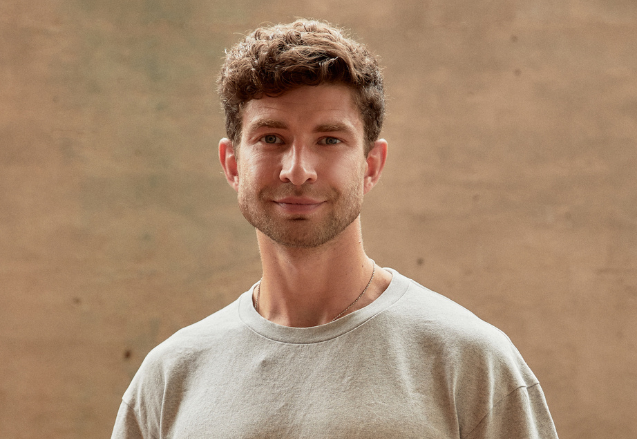
We are lying on the padded floor of what is, by day, a pilates studio, but is currentlyserving as the location for a class by cult breathwork coach, Rory Warnock.
Yes, that’s right breathwork. At a time when mediation and mindfulness have become ubiquitous, breathwork or “controlled breathing” has emerged as the latest trend to grip health and wellness seekers.
In and out, you might think. In and out. Breathing is arguably the most instinctual thing a human being can do. However, according to a new breed of practitioners and proponents of breathwork, there is so much more to it. And right now, everyone from oat milk-drinking yoga hipsters to CEOs want in.
There are now breathwork clubs cropping up across Australia; influencers schilling its myriad benefits across social media; and breathwork classes being offered in more inner-city gyms than you could poke a Lululemon tote bag at. For the go-big-or-go-home crowd, devotees can even invest in a breathwork holiday (Breathless Expeditions offers trips to Mt Kilimanjaro, the Snowy Mountains, and New Zealand’s South Island, the latter two done in minimal clothing for the full Wim Hof).
Breathwork classes are being offered in more inner-city gyms than you could poke a Lululemon tote bag at.
Out of all of this, Warnock has emerged as a bit of a star, the name to know in this increasingly crowded space. His classes book out; he regularly flies around the country coaching the sorts of people who can blink and move the ASX 200, and he is an official ambassador for Lululemon and Puresport.
In person, Warnock is nearly exactly what you might picture, save his Scottish burr, at one of our meetings turning a pristine white t-shirt from New York streetwear label Kith and toting a pristine white water bottle. Direct, warm and thoughtful, he radiates the sort of inner-calm that Gwyneth Paltrow would ideally like to bottle and sell on goop. He also makes for excellent and charming company, and it’s abundantly clear why a stressed-out CEO would want him on speed dial.
The 29 year old came to breathwork via his own personal Damascene conversion in 2017. Living in London at the time, Warnock was a Bachelor of Science graduate, but found himself working in sales and feeling deeply unhappy. While his GP proffered the suggestion of anti-depressants, Warnock turned to yoga, before a friend suggested he try breathwork. Although he initially found the concept “ridiculous”, he went along anyway. That hour would change his life.
“It was one of the most profound out-of-body experiences that I’ve ever experienced,” says Warnock now. “And I don’t say that kind of thing lightly. I felt joyful, I felt strong, I felt empowered…I remember sitting on my mat, laughing and crying at the end of the session and just thinking, ‘what the heck just happened?’”
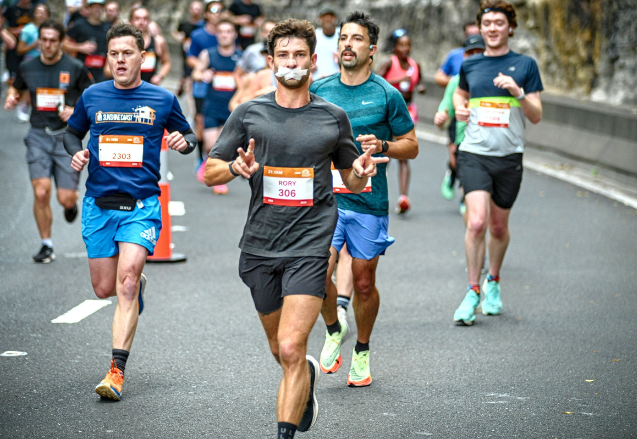
After that, Warnock trained as an Oxygen Advantage Instructor, and in 2019 moved to Sydney, where he began coaching breathwork. Today, he fervently believes that breathing properly has the power to transform people’s lives.
Here’s what a lot of us are currently doing instead of breathing properly: Taking short, shallow breaths through our mouths, which only part-way fill our lungs. (Some of us even hold our breath on occasion.) This not only affects how much oxygen is in our bloodstream, but it can also create stress responses throughout the body. And when this happens, “your mental health, your physical health are at risk,” Warnock explains.
Breathwork, on the other hand, helps people “[tap] into the nervous system” and fuel cognitive and athletic performance. And Warnock should know; as an ultramarathon runner, he once ran 250km across the Atacama Desert in six days.
As an ultramarathon runner, he once ran 250km across the Atacama Desert in six days.
So back to Bondi and back to that floor. On a grim Wednesday night, 20 people are crowded into the room, looking like extras in a Bondi parody, thanks to a preponderance of navy and taupe activewear. (Guilty as charged.) Warnock hands out eye masks, and we’re off – the entire session set to a mixture of pulsing beats and haunting melodic tracks.
We start with “conscious, controlled breathing” which, like yoga or meditation, is simply about connecting with our inhalations and exhalations. Where things tip into the kooky and oddball is when we start taking fast, powerful breathes, which outwardly looks kind of bonkers. We’re instructed to stick our top lip out, fill our lungs and breathe deeply and powerfully for more than two minutes.
It’s hard to describe the nearly immediate physical and mental sensations this triggers: I feel tingly and buzzy while my hands feel like they are dramatically vibrating. Soon, I stop being able to feel them. It is a full body experience in a way that you would not think something so simple as breathing could achieve.
Then, we all exhale – at least I think we do – because after the session I struggle to accurately recall exactly what we did, like I had entered a sort of fugue-lite state.
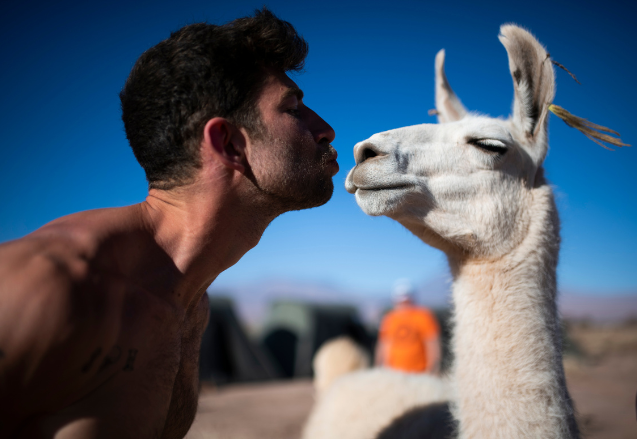
We do this four more times, and each time the sensations become stronger and more powerful. By the time the final round is over I have the strangest surge of happiness. Apparently, it’s not uncommon for people to laugh and cry after his sessions, Warnock says, while others report feeling calm, joyful or euphoric.
(What this particular sort of breathing does, I later learn, is to switch on our sympathetic nervous systems, a technique similar to Wim Hof with a Warnock twist. The repeated rounds, in turn, help train our nervous systems to become more resilient.)
Time seems to have become elastic, and the class feels like it only lasts about 15-minutes instead of its actual 45-minute duration. As the group ambles out into the night in what feels like a very pleasantly stunned state, I overhear a man in his 40s say to his friend: “I feel like I shouldn’t drive.”
I stumble into an Uber and am unable to form a coherent thought for a good hour, and feel unusually at peace and chilled out. Later, when I sat down to write this story, I struggle to articulate or remember what happened.
When I start to delve into the medical side of breathwork, I realise that the science lags a long way behind the marketing. Still, what is known is that the way we breathe affects both our parasympathetic and sympathetic systems, which, in turn, control heart rate and stress hormones like cortisol. Some academic studies have found that fast-paced breathwork can offer “short-term stress relief”, while others suggest it can help the immune system, too.
When I start to delve into the medical side of breathwork, I realise that the science lags a long way behind the marketing.
That researchers are still understanding the precise impact of breathwork hasn’t stopped clinics, like Cingulum Health in Sydney, from offering it to patients suffering severe anxiety, OCD and addiction and eating disorders. And, as of this year, all New York schools are required to offer two to five minutes of mindful breathing every day to improve mental health.
Post-pandemic, our awareness of mental health and burnout is at its highest levels ever, and many of Warnock’s clients are stressed out executives for whom the immediacy of the practice is a lure. As he explains it: “If you’re about to do a presentation or you have a board meeting, [or] you’re in the car and someone cuts you off, you can use your breath to down regulate and feel calmer in the moment. It’s quite hard to do that with meditation. You can’t just drop into meditation when you’re in a certain environment.”
While part of me questions whether there’s a hint of the jade egg about all of this, I keep returning to the way I felt after my Bondi breathwork class.
While part of me questions whether there’s a hint of the jade egg about all of this, I keep returning to the way I felt after my Bondi breathwork class. If that feeling of calm and clarity could be bottled, it would outsell even Ozempic.
A week after my Bondi session I realise that although I may not have achieved Warnock-levels of zen, I am now much more conscious of my breathing, and can identify when I start to stray into dysfunctional territory. It turns out there is a hell of a lot more to it than just in and out.
Want more stories like this? Sign up to PRIMER’s free weekly newsletter.




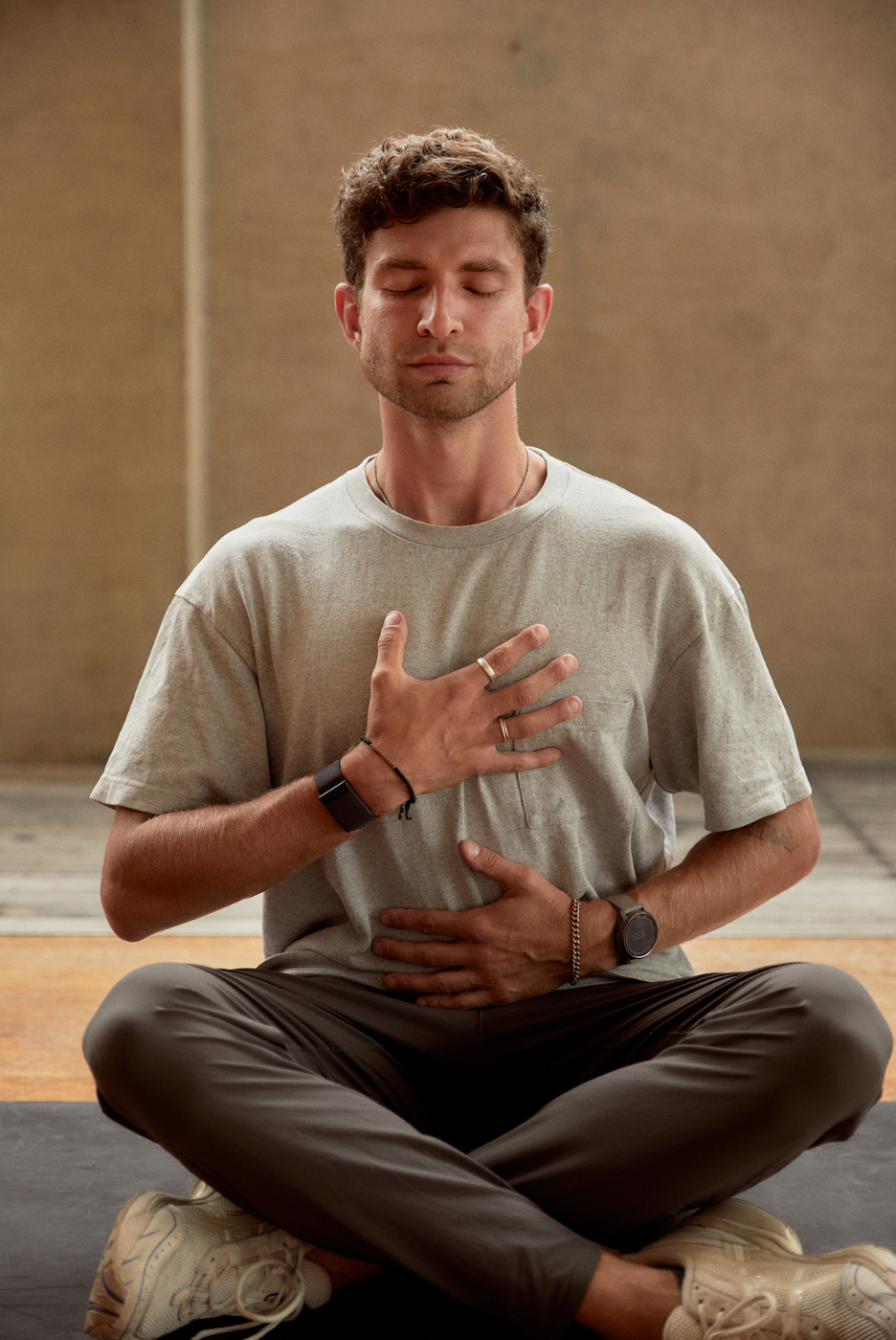
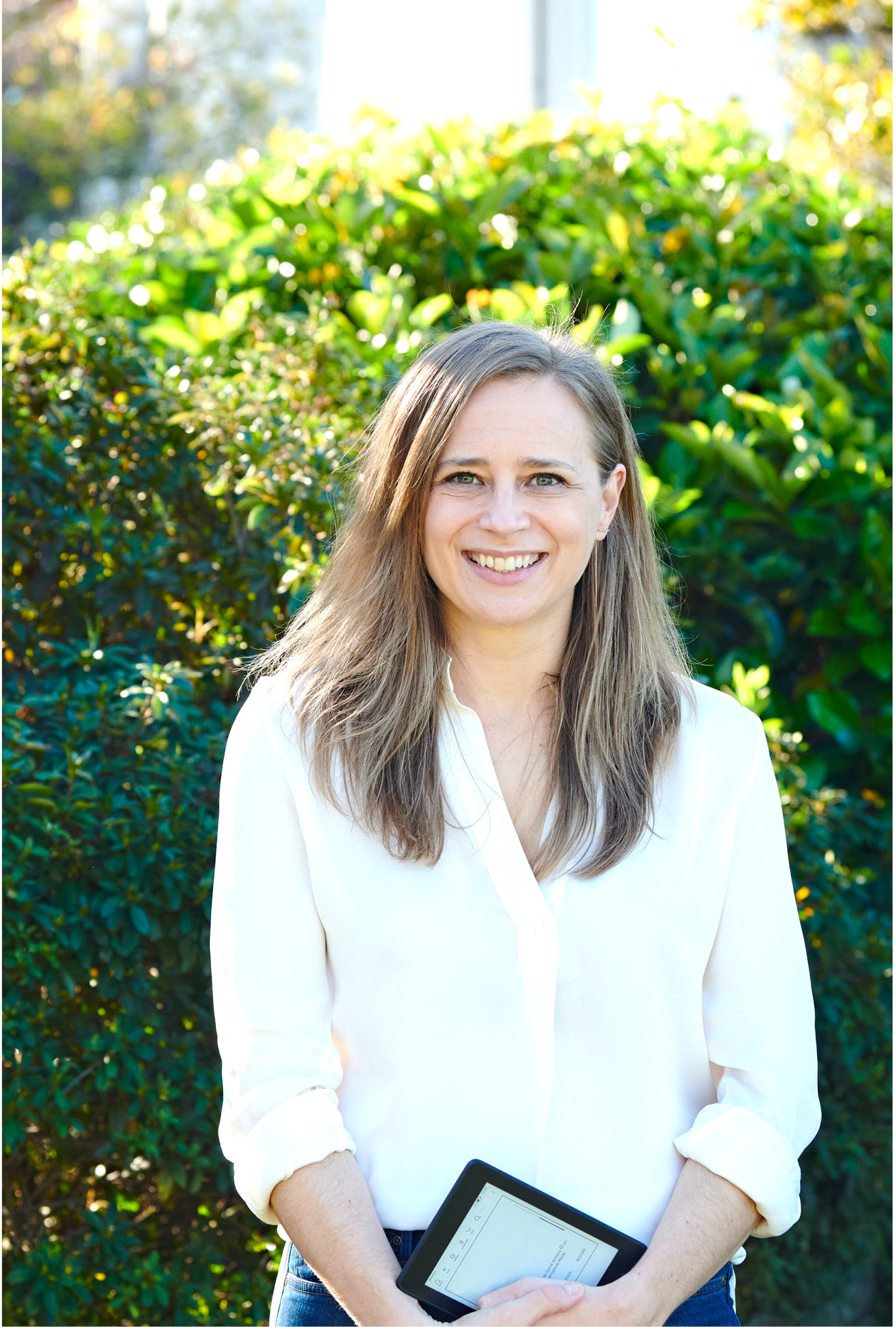

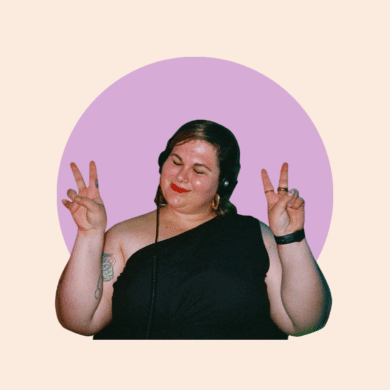

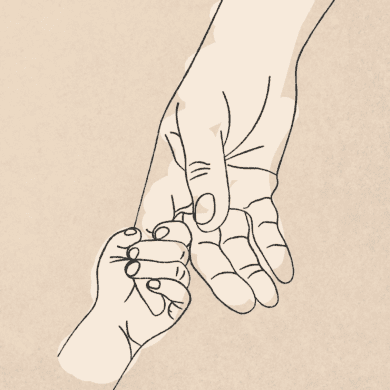
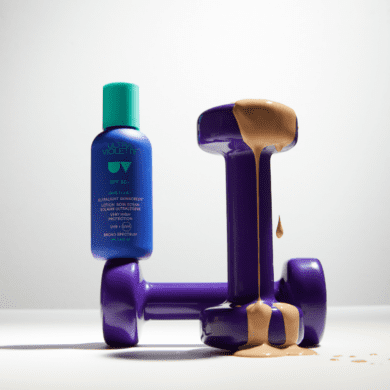

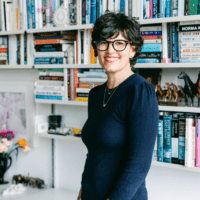
No Comments